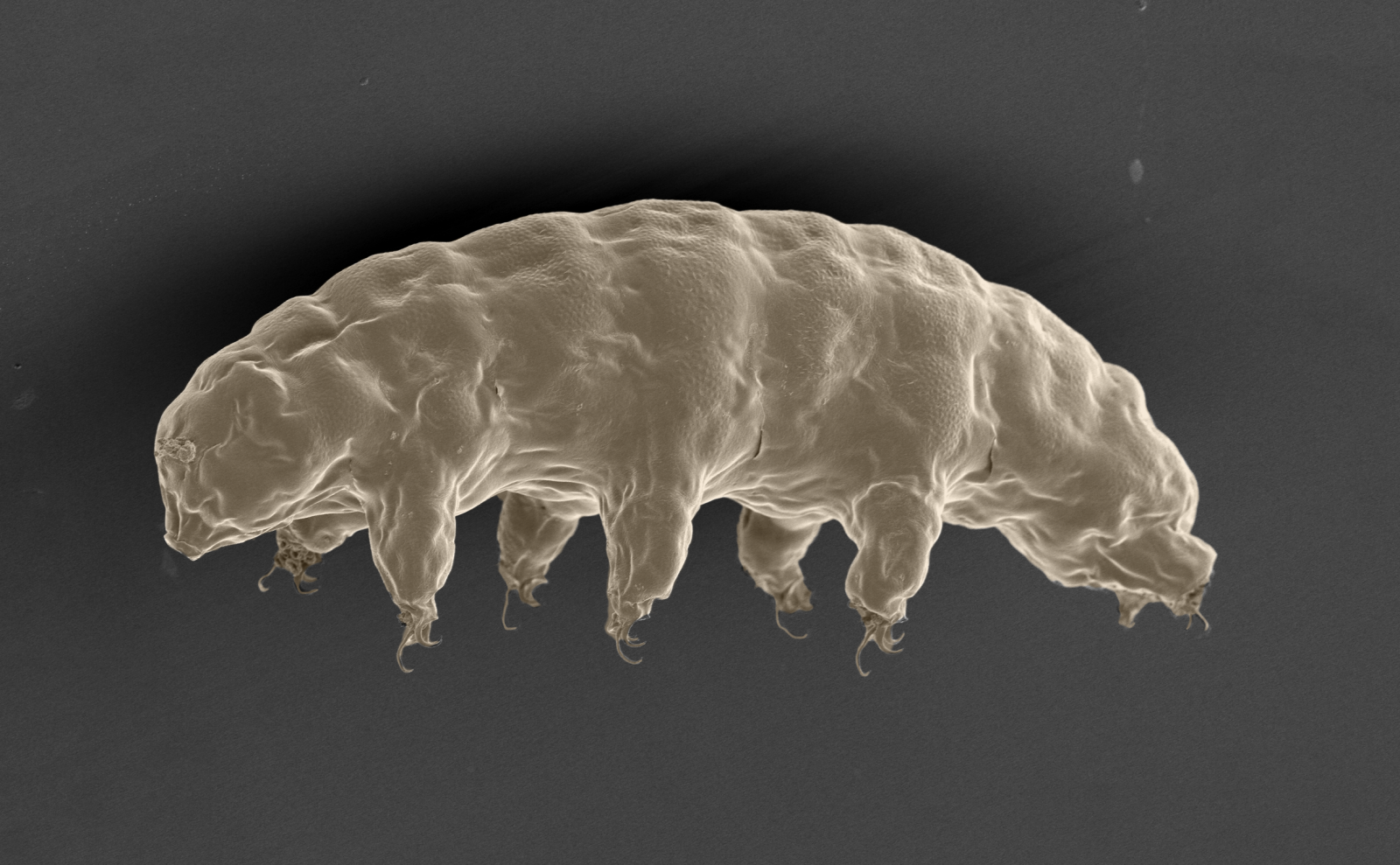A new species of tardigrade was found in a Japanese car park and it's even more peculiar than others
The newly discovered species is the 168th known tardigrade species identified in Japan.



A completely new species of tardigrades, one of the most bizarre creatures found on Earth, has just been discovered. The newly discovered species was found chilling in some moss in a Japanese car park and has been named Macrobiotus shonaicus.
There are over 1,200 known tardigrade species across the world and these microscopic animals are highly resilient. In fact, tardigrades, which have eight legs, a circular mouth and a pudgy body, are believed to be capable of surviving in extremely harsh environments, withstanding extreme temperatures, as well as being capable of surviving intense radiation and the vacuum of space.
The new species is the 168<sup>th known tardigrade species identified in Japan and was reportedly discovered by bioscientist Kazuharu Arakawa from Keio University. He grabbed a sample of moss the parking lot of the building where he was renting an apartment, in the city of Tsuruoka, ScienceAlert reported.
"Most of [the] tardigrade species were described from mosses and lichens — thus any cushion of moss seems to be interesting for people working on tardigrades," Arakawa told Live Science, adding that "it was quite surprising to find a new species around my apartment!"
A team of researchers from the Jagiellonian University in Poland, led by Daniel Stec studied 10 of the newly discovered species' DNA and physical characteristics and found four molecular genetic markers that distinguish them from all other known species of tardigrades.
The new species was found to be capable of surviving and reproducing in a laboratory environment, which according to Arakawa is pretty unusual for these microscopic creatures.
"M. shonaicus has two sexes, where other tardigrades that are culturable in labs have been mostly parthenogenetic (females reproduce by themselves without male population)," Arakawa said, ScienceAlert reported."So it is an ideal model to study the sexual reproduction machinery and behaviours of tardigrades."
The new species can grow in length between 318 micrometres to 743 micrometres and has the typical rotund caterpillar appearance common to tardigrades. Its circular mouth was found to contain three rows of teeth.
Scientists also discovered that the new species can live on algae, making it even more unusual, since most other tardigrade species are carnivores, LiveScience reported. However, the two major physical traits that differentiate the new species from other tardigrade species are its eggs and its legs.
Macrobiotus shonaicus' eggs have a solid surface and has a bulge in the inside of its legs, qualifying it to belong to the hufelandi group of tardigrades. Researchers also believe that this particular species may have evolved from an ancient strand of genus.
"This is the first report of a new species in this complex from East Asia," Arakawa told ScienceAlert. "We still need to investigate more widely around Japan and Asia to understand the full diversity of this complex and how these species adapted to the local environments."
The discovery of the new species is significant because it can help scientists better understand how these tiny creatures are able to survive in extremely harsh environments.
"The key fascination is obviously anhydrobiosis. If you look up a definition of 'life', it will likely contain something about reproduction and about carrying out directed biochemical reactions to further this goal – essentially, life has metabolism," Arakawa said, ScienceAlert reported. "But tardigrade can lose all of its body water as the environment dries up, and in this anhydrobiotic state, a tardigrade is not carrying out any biochemistry and has no metabolism. Yet they spring back to life quickly after rehydration. This challenges the current understanding of life and death."
The findings of the new research has been published in the open access journal PLOS One.






